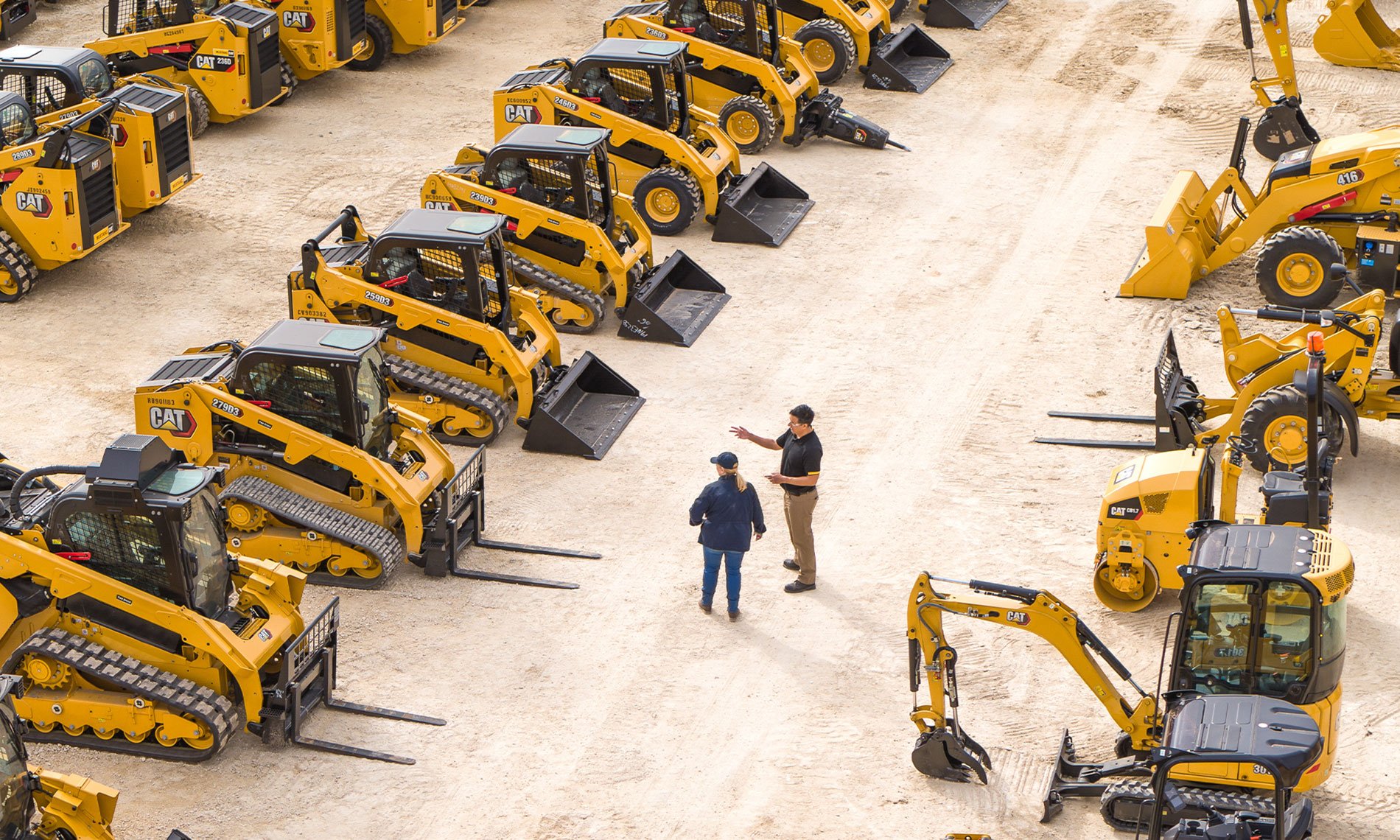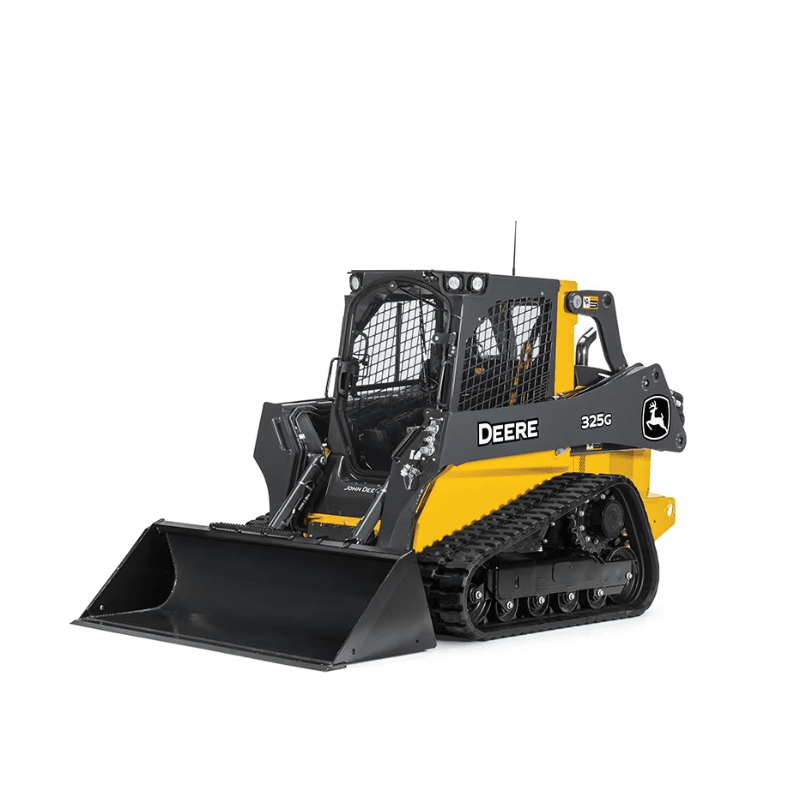Optimize Your Spending Plan by Recognizing the Prices Linked With Construction Devices Services
Comprehending the complete scope of costs associated with construction tools rentals is important for maximizing your spending plan. What methods can be used to successfully take care of these costs and ensure a more effective rental experience?
Summary of Rental Costs
When thinking about building tools leasings, comprehending the connected costs is paramount for reliable budgeting and job preparation. Rental prices can differ dramatically based on numerous aspects, consisting of devices kind, duration of rental, and location. The first rental cost typically shows the tools's market demand and its associated functional capacities, influencing the general expense.
Along with the base rental rate, supplementary costs may emerge, such as transportation fees, gas surcharges, and upkeep costs. It is necessary to account for these extra costs to accurately analyze the complete expense of leasing equipment. Furthermore, the rental period can impact rates; longer services might get reduced prices, while short-term leasings may incur higher daily costs.

Breakdown of Rental Prices
A comprehensive understanding of rental rates is vital for service providers and project managers aiming to maximize their spending plans. Rental prices for building and construction devices commonly consist of several elements, consisting of base rates, time-based costs, and use charges.
Base prices are the core charges connected with the rental of the tools, typically established by the type and size of the machinery. These rates can differ substantially, influenced by elements such as tools demand, schedule, and regional market trends. Time-based costs, which might be daily, weekly, or monthly, serve to suit various project timelines and rental periods.
In addition, rental rates may include usage fees, which apply when devices is made use of past a defined limit, making sure that the rental company can make up wear and tear. Seasonal need fluctuations can also influence rental rates, with peak construction periods commonly regulating higher prices.
Moreover, recognizing the rental company's plans concerning upkeep and insurance policy can supply more understanding right into the total price structure. By evaluating these elements, professionals can make educated choices, making sure the choice of rental equipment aligns with both task demands and spending plan restraints.
Added Costs to Take Into Consideration
Recognizing the complexities of additional fees is important for contractors to manage their general leasing costs successfully. Beyond the standard rental rates, different supplementary costs can dramatically influence the total expense of equipment leasing. These fees often include distribution and pick-up fees, which can differ based upon range and logistics involved in delivering the equipment to and from the job website.
In addition, some rental firms might enforce gas surcharges if the equipment is returned with much less fuel than when rented. It is additionally necessary to know potential cleaning costs, particularly for specialized tools that requires extensive maintenance after use.

Completely examining the rental contract and clarifying these additional charges in advance can assist specialists prevent unforeseen costs and ensure that budgets continue to be undamaged throughout the project lifecycle.
Maintenance and Fixing Costs
Routine upkeep and repair expenses are frequently ignored factors that can significantly affect the general price of building devices leasings. When renting out equipment, it is crucial to consider not only the rental charges however additionally the potential costs connected with keeping the machinery in ideal operating problem.
Numerous rental firms include basic upkeep as part of the rental agreement; nevertheless, much more substantial fixings or unexpected failures can bring about extra expenditures. It's vital to assess the rental agreement thoroughly to comprehend what upkeep solutions are covered and what responsibilities drop on the occupant.
In addition, equipment that is not well-kept can cause inefficiencies on the task website, possibly triggering delays and raising task costs. To reduce these threats, it is advisable to carry out normal evaluations and preserve open communication with the rental service provider concerning any type of issues that develop throughout usage.
Insurance and Liability Prices
Insurance policy and responsibility prices are important components that can considerably influence the general expense of building tools leasings (heavy equipment rental). These prices ensure that both the rental company and the customer are shielded from prospective financial losses arising from crashes, damages, or burglary throughout the rental period

In addition, clients need to recognize any type of deductibles or exclusions in the insurance plan, as these can impact potential out-of-pocket costs. Understanding the terms and conditions of any type of insurance protection is crucial to stay clear of unexpected expenses. Ultimately, budgeting for insurance policy and liability expenditures can assist guarantee a smoother rental experience and secure versus economic threats connected with construction projects.
Conclusion
To conclude, an extensive understanding of the expenses connected with construction tools services is index vital for effective spending plan administration. By examining rental rates, additional charges, maintenance costs, and insurance companies, individuals and requirements can reduce unanticipated expenditures. This tactical strategy not only enhances cost-effectiveness yet likewise ensures that tasks proceed smoothly and effectively. Ultimately, notified decision-making relating to tools rentals contributes to the total success of building and construction ventures.
Rental expenses can differ substantially based on a number of elements, including tools type, period of rental, and place (equipment rental company). The rental duration can influence prices; longer rentals may qualify for affordable prices, while short-term leasings may sustain higher day-to-day costs
By carrying out tractor with loader and backhoe thorough research and involving with reputable rental firms, contractors can efficiently browse the intricacies of rental pricing, inevitably maximizing their monetary sources.
Past the standard rental rates, various supplementary charges can substantially impact the total expense of equipment leasing. Rental companies commonly offer responsibility insurance coverage that covers injuries to third celebrations or damages to residential property, while equipment damages insurance can cover the cost of fixings or substitute if the rented equipment is damaged.
Comments on “Forklift Rental: Heavy Lifting Equipment for Warehousing and More”